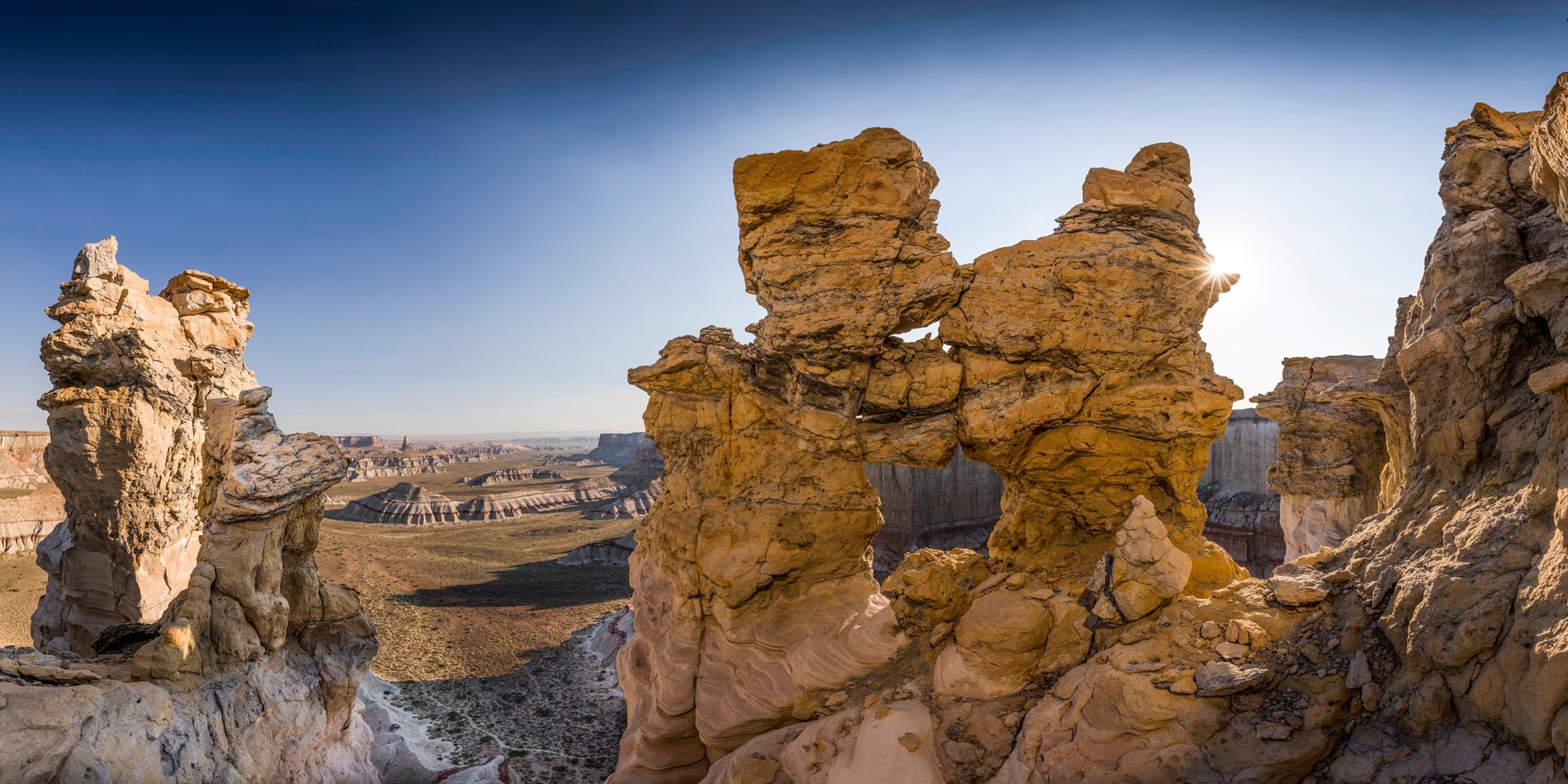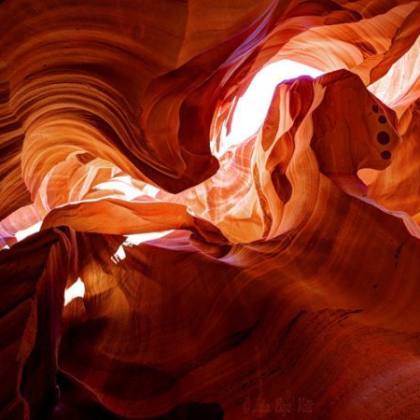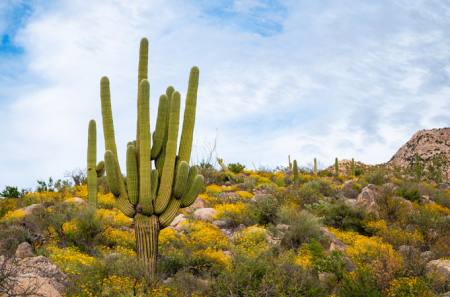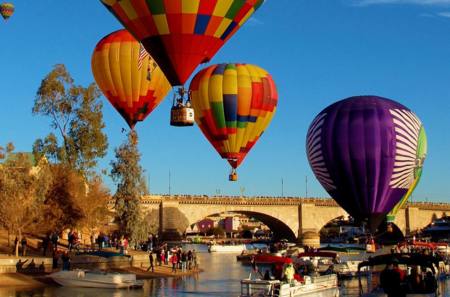Road Trips
Touring Tribal Lands in Arizona
The indigenous cultures that called Arizona home as long as 12,000 years ago have left their mark on the state in important and significant ways—from ancient petroglyphs and sacred ruins to traditional foods, art and handmade goods.
Today, 22 sovereign American Indian nations live in regions throughout the state. Many of them have opened their communities to tourists, offering amenities like cultural tours and local guides. Still, these lands and customs remain sacred and there are a few rules and tips to know before you tour tribal lands in Arizona.
Note: Some of the more limited locations and popular tours fill up fast, so consider planning your trip as early as possible.
Traveling with an American Indian guide
Get firsthand knowledge of the tribal lands in Arizona with an American Indian guide. Not only will traveling with a guide grant you access to areas usually off-limits to visitors, but you'll also gain cultural and historical insights you'd otherwise miss.
You'll see more of Monument Valley Navajo Tribal Park's iconic landscape in northern Arizona—and experience fewer crowds—on a Navajo-led tour. Book with an established company like Simpson's Trailhandler Tours, whose guides were all born and raised in the valley. The company offers several Jeep tours, including a 2.5-hour trek to some of the most photographed places in Monument Valley, as well as customized photography tours and an overnight stay in a traditional hogan.
Antelope Canyon, east of Page, is on everyone's list, but you can't visit it without a Navajo guide. If seeing the sculpted walls of this spectacular slot canyon is a priority, reserve a spot on a guided tour. Antelope Canyon Navajo Tours offers a sightseer's tour, a 90-minute expedition that shares fascinating details into the history and geology of the canyon, including stops at popular photo spots.
See also How to Visit Antelope Canyon the 'Right Way'.
The Hopi are known worldwide for their Katsinas, however, the beautiful and elaborate spirit dolls only represent one of many traditional and contemporary Hopi art forms. To experience and purchase Hopi art, pick up a Hopi Arts Trail map at the Moenkopi Legacy Inn & Suites near Tuba City and embark on a self-guided tour. But for a deeper understanding of Hopi culture, including a chance to interact with Hopi artists, go with a guide. Connect with local guides listed on the Hopi Arts Trail website and customize your trip to incorporate visits to Old Oraibi, petroglyphs at Taawaki, Coal Mine Canyon and other significant ancient sites.
Ideally, you'll purchase the perfect piece of jewelry or art from the artist, but if not, make sure your purchase is authentic, and not manufactured, by following a few simple rules.

Hopi Arts Trail
Taking a tour
Get a new perspective of the Grand Canyon on the Colorado River, which carves through this epic landscape. The Hualapai River Runners operate one- and two-day river rafting excursions that include hiking at Travertine Cavern Falls, local wildlife viewing and a helicopter ride to Grand Canyon West, the park operated by the Hualapai Tribe.
In northeastern Arizona, Canyon de Chelly National Monument sits on Navajo land. There is no fee or permit required to visit the overlooks, but it's advised to book a tour to explore the canyon itself. For more than 90 years, the Staley family, owners of Canyon de Chelly Beauty Way Tours, has escorted visitors into the canyon. Their three-hour Jeep tour stops at Kokopelli Cave, Petroglyph Rock and White House Ruin.
Exploring on your own
Several tribal lands require a permit to visit, and the procedures for obtaining a permit vary among communities. For example, one of the most popular and difficult permits to get is to Havasu Falls on Havasupai tribal lands, which are offered each year in early February and often sell out within minutes.
See How to Visit Havasu Falls the 'Right Way', for detailed info on getting a permit.
Elsewhere, much of Indian country in Arizona comprises wide-open backcountry—and the chance to explore via hiking, rafting, backpacking, even horseback riding.
Note: If you're traveling without a guide, even if you have a permit, you may be approached by someone from the tribe wondering if you're lost as individual travelers are uncommon. Always stay on paved roads due to the potential for flash flooding, limited phone service and often inaccurate GPS.
If you'd rather stay closer to the city, there are also communities with offerings that appeal to urbanites.
At We-Ko-Pa Golf Club on the Fort McDowell Yavapai Nation land, visitors can play two award-winning and acclaimed golf courses surrounded by mountain views, and just 20 minutes from the bustling metropolis of Phoenix.
A 1,500-acre farm near Mission San Xavier del Bac on the Tohono O'odham Nation south of Tucson, San Xavier Co-Op holds workshops on harvesting and preparing foods traditionally eaten by the Tohono O'odham people like cholla buds, mesquite and prickly pear. Most of the attendees are tribal members, but anyone is welcome. You can also shop for native beans, spices and other goods at the co-op store.
Near Scottsdale, Salt River Fields at Talking Stick on the Salt River Pima-Maricopa Indian Community hosts year-round events such as food festivals, concerts and Cactus League Spring Training games. Also on the Salt River Pima-Maricopa Indian Community, Talking Stick Resort offers live shows from national acts, a full-service spa, casino and five-star dining.
South of Phoenix, in Chandler, the Gila River Indian Community invites visitors to learn about the two tribes—the Akimel O'otham and the Pee Posh—who make up the community at the HuHugam Heritage Center, a museum filled with historical artifacts, rotating exhibitions and classes that educate the public about the tribe's heritage. Visitors to the Gila River Indian Community can also take a scenic horseback ride at the Koli Equestrian Center or visit the restaurants, entertainment venues and casinos at Wild Horse Pass, Vee Quiva and Lone Butte.
Tribal etiquette
Each of the 22 tribes in Arizona operates under its own government with its rules for visitors. This means that what applies in one tribal community does not mean it's the general rule for all tribal communities. For specific information, contact the individual tribe prior to your visit. (list of tribes within Arizona)
That being said, there are a few important etiquette guidelines to keep in mind when touring tribal lands in Arizona. Find more tips and best practices on visiting tribal lands here.





